Teaching wasn’t in my career plan when I finished college. I focused my studies and early career on looking for treatments for specific viral diseases. Then my husband and I moved to Mobile and no jobs were open in virology, so I applied for a position with the Mobile County Public School System and soon found myself teaching 8th grade math.
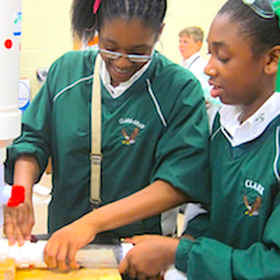 Although I originally intended teaching to be a placeholder until I found another job in my field, I soon realized that I loved every minute I spent in the classsroom with kids, trying to galvanize their love of learning. What emerged from my first, tentative experience was a life-long love affair with teaching and education.
Although I originally intended teaching to be a placeholder until I found another job in my field, I soon realized that I loved every minute I spent in the classsroom with kids, trying to galvanize their love of learning. What emerged from my first, tentative experience was a life-long love affair with teaching and education.
I took some time off to have three sons and become certified to teach science. I reentered the classroom and taught middle schoolers for the next 16 years – using unorthodox methods at times and taking some risks with teaching approaches. (Thank goodness for principals who are willing to let teachers be unconventional.)
After a brief hiatus to serve as Alabama’s Teacher of the Year, I went back to the classroom, then later plunged into several other education initiatives, working with fellow teachers around Alabama and the Southeast to solve instructional dilemmas and grow as cutting-edge teachers.
I eventually landed in a think tank of STEM curriculum writers at the Mobile Area Education Foundation. These insightful colleagues became friends, critics, and mentors as we spent the next eight years together writing and developing integrated STEM curriculum for the Engaging Youth through Engineering (EYE) program. That adventure has resulted in my newly released book, STEM by Design (Routledge, 2016).
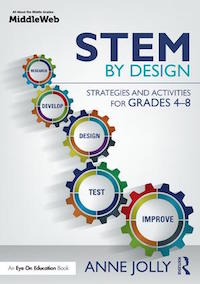 STEM by Design can help educators understand the goals of STEM curriculum more deeply; adapt or design authentic STEM lessons; and turn students into creative thinkers, communicators, and collaborators. This book will be useful to school leaders, instructional partners and coaches, and especially teachers – the folks closest to the students. Although the book targets grades 4-8, the STEM principles and teaching approaches are useful at all grade levels.
STEM by Design can help educators understand the goals of STEM curriculum more deeply; adapt or design authentic STEM lessons; and turn students into creative thinkers, communicators, and collaborators. This book will be useful to school leaders, instructional partners and coaches, and especially teachers – the folks closest to the students. Although the book targets grades 4-8, the STEM principles and teaching approaches are useful at all grade levels.
For Teachers: The 7 Whys of STEM
Why should educators do this STEM stuff anyway? It means more work and more learning on your part, and it might require some changes in your teaching during STEM lessons. Can it really make a difference for your students? Read on . . .
1. STEM lessons help students go deeper in their understanding of important science and mathematics concepts. For example, go to the new Alabama Science Standards and look at Shift 5. According to the standards, this new conceptual shift raises engineering design to the same level as scientific inquiry. These standards require curriculum, instruction, and assessments that integrate engineering and technology into science education. Math standards require similar conceptual changes. What’s a teacher to do? Teach STEM.
K–12 STEM lessons present science and math to students in ways that more closely represent how scientists and mathematicians use these in the real world. This approach gives students a real, hands-on understanding of major concepts expected by the science and math standards.
2. STEM students become innovative critical thinkers and are able to make good decisions. Student teams are free to make informed decisions about how to solve a STEM problem. There is no single “right” solution. Armed with the idea that problems really do have more than one correct answer, STEM students can generate ideas freely without fear of being wrong. Failure to solve the problem is acceptable, as long as students continue to learn from their mistakes. Mistakes are a valuable part of the learning process.
3. STEM students understand how to approach and solve problems. They focus on finding answers to questions about their world and solutions for undesirable impacts.
 STEM lessons revolve around the engineering design process (EDP)—an organized, open-ended approach to investigation that promotes creativity, invention, and prototype design, along with testing and analysis. These iterative steps will guide your students in asking critical questions about the problem and in creating and testing actual prototypes to solve that problem. Get more information about that process from this tool on the STEM by Design website.
STEM lessons revolve around the engineering design process (EDP)—an organized, open-ended approach to investigation that promotes creativity, invention, and prototype design, along with testing and analysis. These iterative steps will guide your students in asking critical questions about the problem and in creating and testing actual prototypes to solve that problem. Get more information about that process from this tool on the STEM by Design website.
4. STEM students develop a sense of ethics and a social conscience. STEM classes can address real social, economic, health, safety, and environmental situations in your students’ communities. Students can identify situations that need fixing, then research them and brainstorm ideas for correcting those problems.
As they work through the process, students become more aware of the need to recognize and solve problems affecting peoples’ health, the environment, economic issues, and other aspects of the community in which they live. See some student-inspiring stories of young people solving real problems.
5. STEM students develop good teamwork and collaboration skills. Probably no personal qualities are more in demand in the workforce than the ability to collaborate and to communicate effectively with others to reach a goal or develop a product. STEM students work together to brainstorm, research, design, create, and develop prototypes to solve problems. STEM work requires responsible and productive teamwork and gives students ongoing opportunities and guidance to develop collaborative skills. Download this guide with tips for building effective student teams.
6. STEM students become more technologically literate. In STEM, students broaden their understanding of technology—the tools we develop to make life easier and better. They regard technology as more than computers. STEM education makes students more aware of the technological world they live in; how technology, science, and math support each other; how to learn to use new technologies as they become available; and how the technology decisions we make impact our lives and the lives of others.
7. STEM students understand how their STEM coursework opens the door to future careers. STEM is about jobs as well as education. Some leaders assert that the lack of educated STEM workers is a national security problem. While many students launch their careers as college graduates, other students enter the STEM field through jobs that don’t require a bachelor’s degree, or an advanced degree. So STEM skills are for everyone. STEM students know that they may become the leaders who improve our economic growth and our future. (See this recent AL.com article by Caroline Novak, President of the A+ Education Partnership: “For Alabama to build the rockets that will take us to Mars, we need STEM education.”)
We live today in an amazing STEM-based world, filled with adventures that can give our students reasons for learning math and science, and a purpose for using and developing technologies. STEM classrooms are places where teachers excite and engage students by tapping into their natural urge to “scratch their wonder itch,” solve puzzles, and help others. What better work could we ask for?
_____________
Anne Jolly’s list of the “7 Whys of STEM” is adapted from Chapter 2 of STEM by Design: Strategies and Activities for Grades 4-8. Alabama educators can receive a 20% discount on single copies by using the code IRK95. If you’d like to contact Anne: email her at [email protected] or find her on Twitter @ajollygal. Also visit her STEM by Design website for articles and other resources.

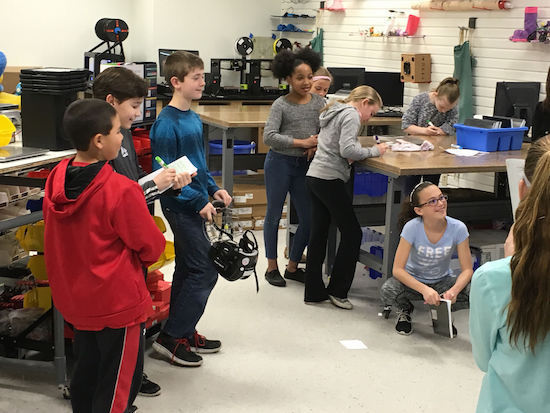
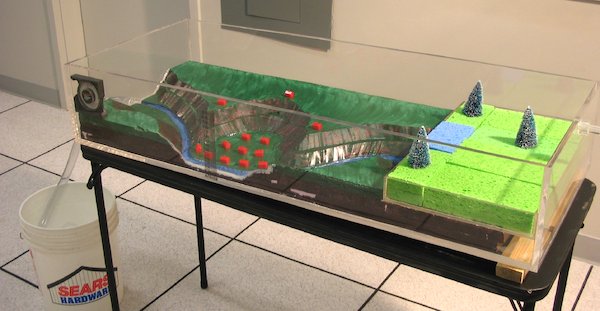
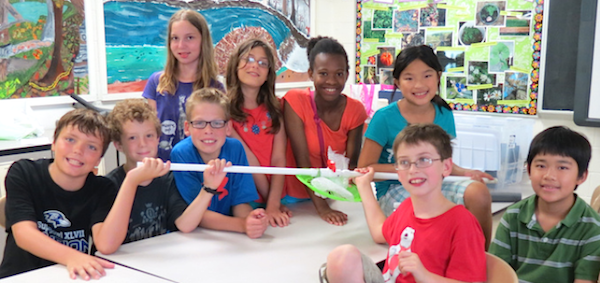


0 Comments on "7 Reasons Why Real-World STEM Education Matters to Alabama Students"